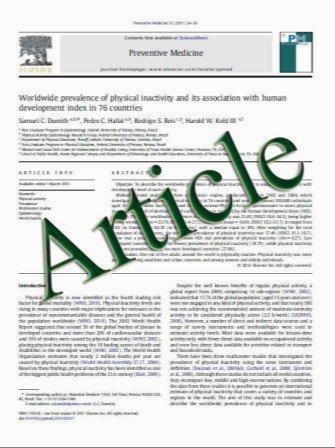Percutaneous Gastrostomy Tube Placement to Perform Transgastrostomy Endoscopic Retrograde Cholangiopancreaticography in Patients with Roux-en-Y Anatomy
- نوع فایل : کتاب
- زبان : انگلیسی
- مؤلف : Background Roux-en-Y gastric bypass (RYGB) surgery is one of the most commonly performed bariatric surgeries in the United States. Patients with pri
- چاپ و سال / کشور: 2011
Description
Background Roux-en-Y gastric bypass (RYGB) surgery is one of the most commonly performed bariatric surgeries in the United States. Patients with prior RYGB are not amenable to conventional endoscopic retrograde cholangiopancreaticography (ERCP). Surgical gastrostomy (SG) tube placement enables transgastrostomy ERCP (TG-ERCP). Materials and Methods Eleven patients with RYGB anatomy received open Stamm gastrostomy after which the tract was then allowed to mature for an average of 45 days before therapeutic TG-ERCP. The success rate and procedure- related complications of both gastrostomy and ERCP were assessed. Results TG-ERCP was performed on eleven patients (median age 52 years, range 37–61 years) with prior RYGB and pancreatobiliary diseases. Indications for ERCP in these patients included suspected gallstone pancreatitis (n = 4), ampullary/biliary strictures (n = 5), pancreas divisum (n = 1), and common bile duct clipping as a result of RYGB surgery (n = 1). Two individuals developed post surgical complications with stomal-related infections. TG-ERCP with therapeutic intervention was successfully performed in all patients. Intervention included stone extractions (n = 11), biliary stricture dilation (n = 11), biliary sphincterotomy (n = 11), biliary (n = 3) and pancreatic (n = 1) stent placement, ampullary biopsies (n = 3), choledochoscopy (n = 1), and pseudocyst drainage (n = 1). Complications included post-ERCP pancreatitis (n = 2), post-sphincterotomy bleeding (n = 1), gastrostomy site bleed (n = 1), and gastric perforation (n = 1). The total number of ERCP sessions for the eleven patients was 15 (1 or 2 per patient). Median follow-up was 42 days (range 7–123 days). Conclusion Surgical open gastrostomy followed by TG-ERCP enables therapeutic intervention but is associated with significant complications
Dig Dis Sci DOI 10.1007/s10620-011-1743-6 Received: 5 April 2011 / Accepted: 26 April 2011


